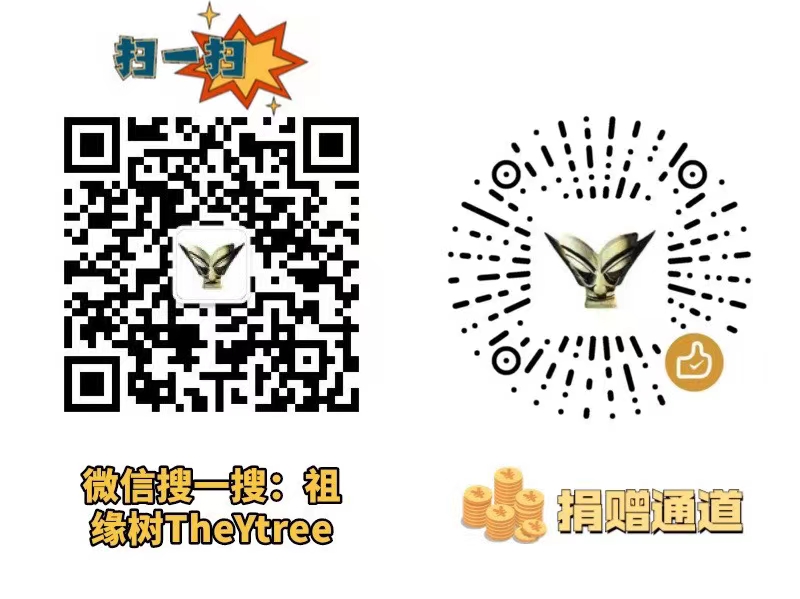AU77609
古人
hg19 / GRCh37
K47 阿拉伯 Arabic: 21.33% 古巴尔干 Paleo-Balkan: 18.85% 南高加索 South-Caucasian: 12.95% 东欧 East-Euro: 12.93% 东地中海 East-Med: 7.47% 西地中海 West-Med: 6.35% 斯堪的纳维亚-日耳曼 Scando-Germanic: 5.01% 伊朗 Iranian: 4.41% 东伊比利亚 East-Iberian: 3.30% 南非 South-African: 2.01% 库施特 Kushitic: 1.54% 帕米尔 Pamirian: 1.52% 中美印第安 Meso-Amerind: 0.96% 华南 South-Chinese: 0.80% 北非 North-African: 0.34% 安第斯 Andean: 0.24% MichalK25 高加索 Caucasian: 26.98% 阿拉伯 Arabic: 18.41% 东北欧 Northeast European: 16.58% 地中海 Mediterranean: 12.22% 德鲁兹人 Druzian: 11.83% 柏柏尔人 Berberic: 4.30% 北美印第安人 North Amerindian: 3.47% 爱斯基摩人 Eskimoic: 3.22% 蔻玛尼萨恩人 Khomani San: 3.00% K12b 高加索 Caucasus: 36.80% 北欧 North European: 22.90% 西南亚 Southwest Asian: 18.47% 大西洋地中海 Atlantic Med: 13.32% 格德罗西亚 Gedrosia: 5.35% 东非 East African: 1.55% 南亚 South Asian: 1.42% 东南亚 Southeast Asian: 0.19% puntDNAL 新石器时代安纳托利亚 Anatolian Neolithic: 43.14% 新石器时代伊朗 Iran Neolithic: 18.99% 欧洲狩猎采集者-大草原 EHG-Steppe: 14.66% 纳吐夫狩猎采集者 Natufian HG: 11.59% 南欧亚 South Eurasian: 5.64% 大洋洲 Oceanian: 3.17% 西方狩猎采集者 Western HG: 2.72% 撒哈拉以南非洲 Sub-Saharan: 0.10% AncientNearEast13 高加索狩猎采集者-早期欧洲农人 CHG-EEF: 25.62% 新石器时代安纳托利亚 Anatolia Neolithic: 25.18% 新石器时代伊朗 Iran-Neolithic: 22.36% 纳吐夫 Natufian: 18.40% 斯堪的纳维亚-西欧狩猎采集者 SHG-WHG: 3.59% 卡利吉亚纳 Karitiana: 3.48% 撒哈拉以南非洲 Sub-Saharan: 1.21% 原始印度人 Ancestral-Indian: 0.17%
男
覆盖度1.91% 平均深度1
科研机构
Italy
Pompeii
The eruption of Somma-Vesuvius in 79 CE buried several nearby Roman towns, killing the inhabitants and burying under pumice lapilli and ash deposits a unique set of civil and private buildings, monuments, sculptures, paintings, and mosaics that provide a rich picture of life in the empire. The eruption also preserved the forms of many of the dying as the ash compacted around their bodies. While the soft tissue decayed, the outlines of the bodies remained and were recovered by excavators centuries later by filling the cavities with plaster. From skeletal material embedded in the casts, we generated genome-wide ancient DNA and strontium isotopic data to characterize the genetic relationships, sex, ancestry and mobility of five individuals. We show that the individuals’ sexes and family relationships do not match traditional interpretations, exemplifying how modern assumptions about gendered behaviors may not be reliable lenses through which to view data from the past. For example, an adult wearing a golden bracelet with a child on their lap¬–often interpreted as mother and child–is genetically an adult male biologically unrelated to the child. Similarly, a pair of individuals who were thought to have died in an embrace–often interpreted as sisters–included at least one genetic male. All Pompeiians with genome-wide data consistently derive their ancestry largely from recent immigrants from the eastern Mediterranean, as has also been seen in contemporaneous ancient genomes from the city of Rome, underscoring the cosmopolitanism of the Roman Empire in this period.
公元 79 年,索马-维苏威火山爆发,掩埋了附近的几个罗马城镇,导致当地居民丧生,火山砾和火山灰沉积物掩埋了一组独特的民用和私人建筑、纪念碑、雕塑、绘画和马赛克,这些都为人们展现了罗马帝国的生活。火山灰在尸体周围凝固,也保存了许多垂死者的遗体。虽然软组织腐烂了,但尸体的轮廓仍然存在,几个世纪后,挖掘者用石膏填充了空腔,从而找到了尸体。从嵌入铸模中的骨骼材料中,我们生成了全基因组古代 DNA 和锶同位素数据,以表征五个人的遗传关系、性别、血统和流动性。我们发现,这些个体的性别和家庭关系与传统的解释不符,这表明现代对性别行为的假设可能不是查看过去数据的可靠视角。例如,一个戴着金手镯的成年人怀里抱着一个孩子——通常被解释为母亲和孩子——从基因上讲,他是一名成年男性,与孩子没有生物学上的亲缘关系。同样,一对被认为是在拥抱中死去的个体——通常被解释为姐妹——其中至少有一个是基因上的男性。所有拥有全基因组数据的庞贝人都一致认为他们的祖先主要来自东地中海的近期移民,这一点在罗马城的古代基因组中也可以看到,这凸显了罗马帝国在这一时期的国际化。
Ancient DNA challenges prevailing interpretations of the Pompeii plaster casts
© 2020-2025 TheYtree.com

留言 (0)